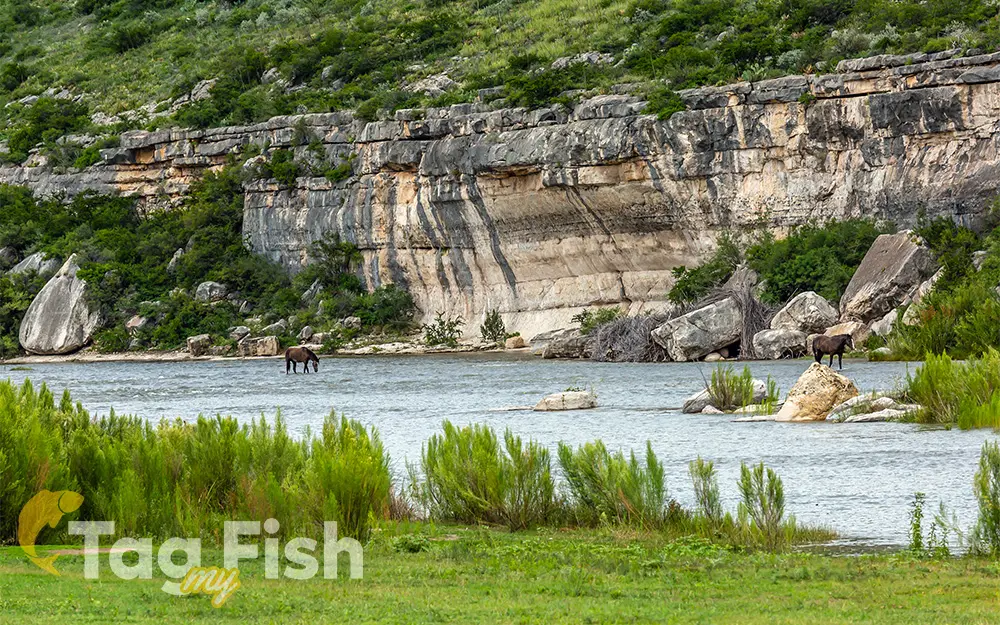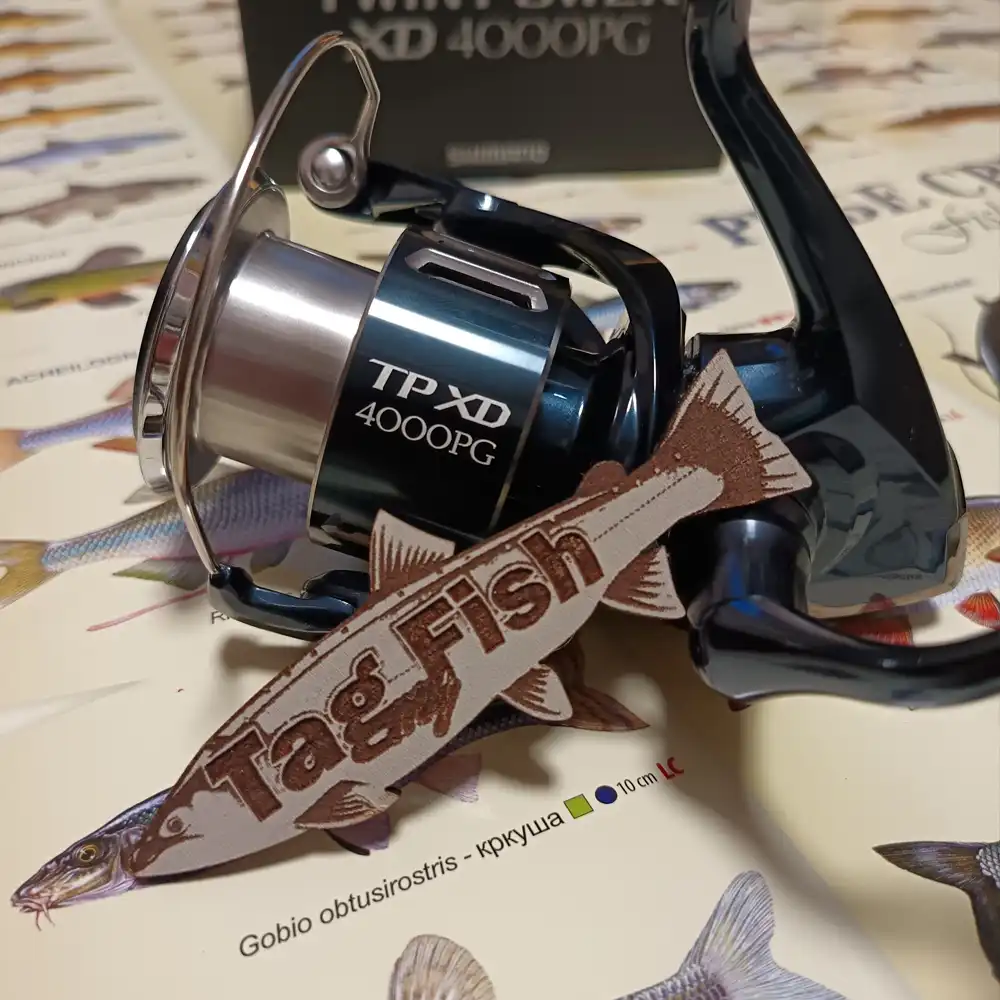Pecos River

General data
- Name: Pecos River
- Water system: Rio Grande
- Water type: River
- Progression: Rio Grande -> Gulf of Mexico -> Atlantic Ocean -> Planet Earth
- Climates: Subtropical, Arid (desert)
- Continents: North America
- Countries: United States of America
The Pecos River originates in north-central New Mexico and flows into Texas, emptying into the Rio Grande. Its headwaters are on the eastern slope of the Sangre de Cristo mountain range in Mora County north of Pecos, New Mexico, at an elevation of over 12,000 feet (3,700 m). The river flows for 926 miles (1,490 km) before reaching the Rio Grande near Del Rio. Its drainage basin encompasses about 44,300 square miles (115,000 km2). Multiple dams have been built along the Pecos River. Santa Rosa Lake is 117 miles/188 km east of Albuquerque. Sumner Lake, formed by the 1939 Sumner Dam, is located between Santa Rosa and Fort Sumner, NM. Two dams are located north of Carlsbad, New Mexico, at Avalon Dam and Brantley Dam, to help irrigate about 25,000 acres (10,000 ha) as part of the Carlsbad reclamation project (established in 1906). Texas has also dammed the river at the Red Bluff Dam in the western part of that state to form the Red Bluff Reservoir. The portion of the reservoir that extends into New Mexico forms the lowest point in that state. On June 6, 1990, 20.5 miles (33 km) of the Pecos River - from its headwaters to the townsite of Tererro - received National Wild and Scenic River designation. It includes 13.5 miles (22 km) designated wild and 7 miles (11 km) designated recreational. Native fishes The Pecos River, NM, in contrast to the Rio Grande, has maintained its native fish fauna relatively intact. Only one pelagic spawning species, the Rio Grande silvery minnow, has been extirpated. However, several species have been introduced to the Pecos in the past several decades including the Arkansas river shiner (Notropis girardi) and the Plains minnow (Hybognathus placitus). These introduced species share key life-history features with a number of the native species specifically they are members of a reproductive guild of fishes that spawn semi-buoyant eggs into the pelagic zone of rivers. Comparative population genetics is done in order to investigate the processes (including geologic history of the Rio Grande drainage basin) shape diversity in the Pecos River fish community which includes the small-bodied species including red shiner (Cyprinella lutrensis), Rio Grande shiner (Notropis jemezanus), Pecos bluntnose shiner (Notropis simus pecosensis) and speckled chub (Macryhybopis aestavalis). The Pecos bluntnose shiner is a subspecific form of the bluntnose shiner (Chernoff et al. 1982). The only other subspecies, the Rio Grande bluntnose shiner (Notropis simus simus), is presumed extinct with the last collection made in 1964 (Bestgen and Platania 1990). In the past 50 years, abundance of Pecos bluntnose shiner has declined considerably following habitat changes caused by installation of dams and alteration of the natural flow regime (Platania 1995; Hoagstrom 2003; Hoagstom et al. 2008). Consequently, the Pecos bluntnose shiner was listed under the Endangered Species Act in 1987 (U.S. Department of the Interior, Federal Register 1987). Pecos bluntnose shiner is now restricted to a 333 km stretch of the Pecos River from downstream of Sumner Reservoir to above Brantley Reservoir, New Mexico (Brooks et al. 1991; Platania 1995).

 English
English
 Spanish
Spanish
 German
German
 French
French
 Serbian
Serbian
 Russian
Russian

